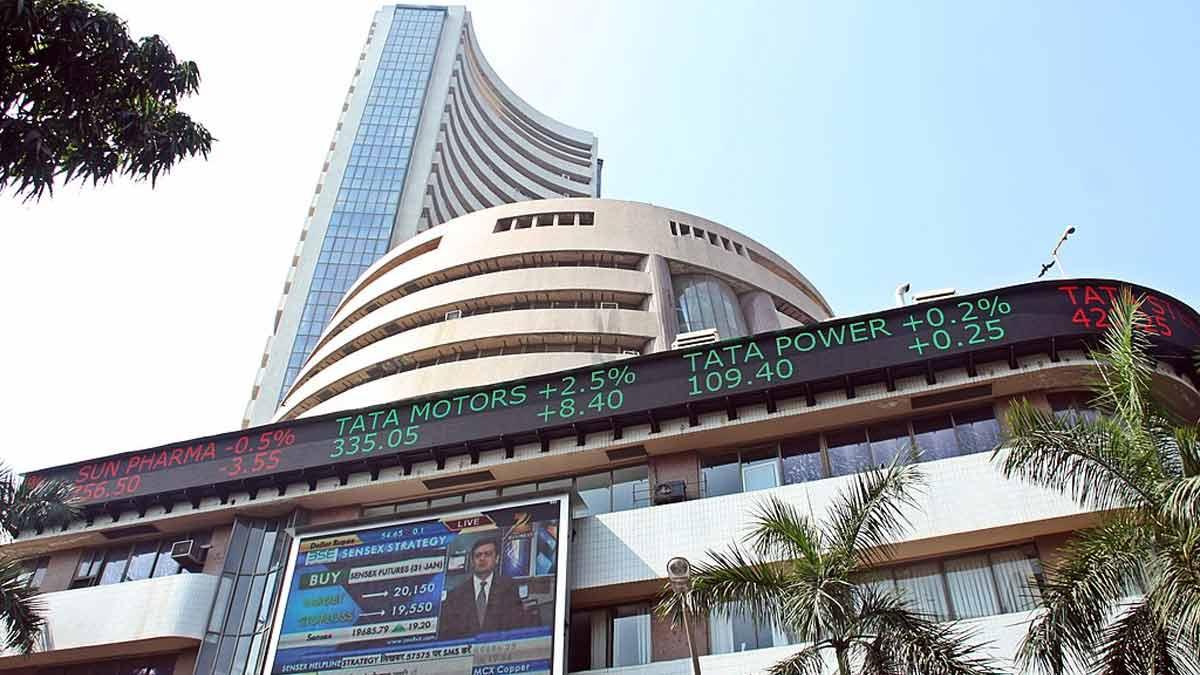Indian equity markets saw a roller-coaster ride on Monday as the initial gains were washed away by a big selling in the second half of the day. The decline was mainly due to poor global cues, led by a fall in US stock futures.
The Sensex first rose to an intra-day high of 74,741, up by 407 points. But heightened selling pressure during the last few hours pulled the index down by more than 700 points from the high point, touching a low of 74,022 before closing at 74,115, down by 217 points (0.3%).
Likewise, the Nifty also touched a high of 22,677, but subsequently plunged to an intra-day low of 22,429. The index finally closed at 22,460, down 92 points (0.4%).
The late-session decline coincided with sharp weakness in US markets, where Dow Jones futures fell 400 points, and Nasdaq futures declined more than 1% amid uncertainty over Trump-era tariffs.
Technical Analysis and Market Outlook
Hrishikesh Yedve of Asit C. Mehta Investment Intermediates Ltd. noted that Nifty created a shooting star candlestick pattern at the bearish gap resistance area of 22,668-22,720. He highlighted that 22,720 is a crucial barrier, with 22,800 being a significant resistance point.
On the flip side, the 9-Day Simple Moving Average (9-DSMA) around 22,370 is providing instant support. Unless the index moves above 22,800, investors can buy on the way down to support and sell closer to resistance levels," Yedve recommended.
Market Breadth and Sectoral Performance
The broader market trends indicated heavy selling pressure, with more than 2,700 stocks falling on the BSE, against only 1,100 rising stocks.
Among the best Nifty losers were Reliance Industries, IndusInd Bank, Trent, ONGC, Eicher Motors, and Bajaj Auto. Conversely, Power Grid Corporation, Hindustan Unilever (HUL), Infosys, SBI Life, and Nestlé India were able to register gains.
Midcap and smallcap stocks were more severely affected, with the BSE Midcap index falling 1.5% and the Smallcap index falling 2.1%.
On the sectoral side, the majority of indices closed in the red, apart from FMCG, which showed strength. Sectors like auto, consumer durables, metals, capital goods, oil & gas, realty, and PSU banks had losses ranging from 1-2%.
Global Market Impact and Investor Sentiment
The overall Indian market weakness was in line with the global trend, as investor mood was dented by a sharp decline in US stock futures. Fears of potential tariff realignments in the US further contributed to market uncertainty, impacting the sharp fall in the latter part of the session.
Read also| Cooling Inflation Strengthens Case for Possible RBI Rate Cuts: Report
Read also| India Ranks Second After US in All-Time Funding for Women-Led Tech Startups


















